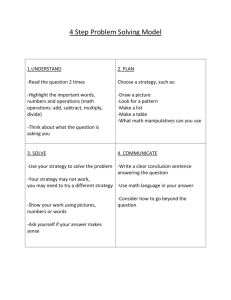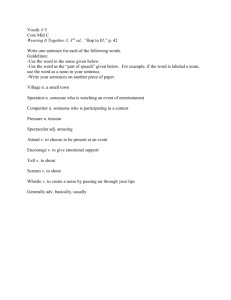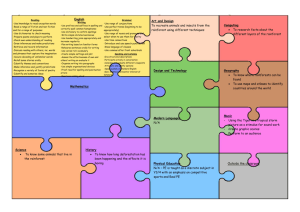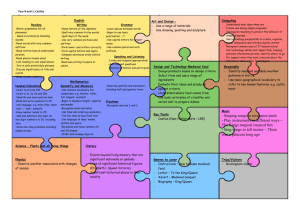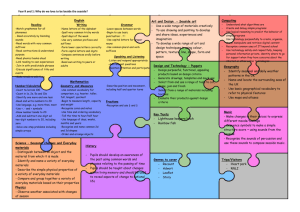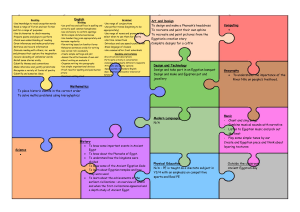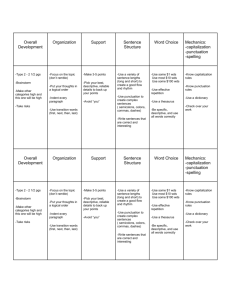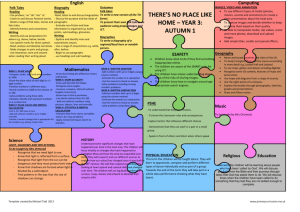File use your writing voices
advertisement
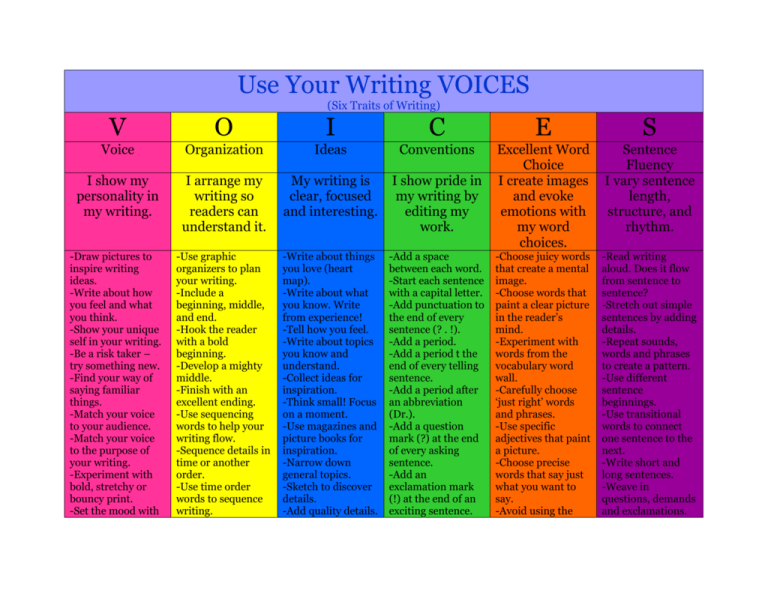
Use Your Writing VOICES (Six Traits of Writing) V O I C E S Voice Organization Ideas Conventions I show my personality in my writing. I arrange my writing so readers can understand it. My writing is clear, focused and interesting. I show pride in my writing by editing my work. Excellent Word Choice I create images and evoke emotions with my word choices. Sentence Fluency I vary sentence length, structure, and rhythm. -Draw pictures to inspire writing ideas. -Write about how you feel and what you think. -Show your unique self in your writing. -Be a risk taker – try something new. -Find your way of saying familiar things. -Match your voice to your audience. -Match your voice to the purpose of your writing. -Experiment with bold, stretchy or bouncy print. -Set the mood with -Use graphic organizers to plan your writing. -Include a beginning, middle, and end. -Hook the reader with a bold beginning. -Develop a mighty middle. -Finish with an excellent ending. -Use sequencing words to help your writing flow. -Sequence details in time or another order. -Use time order words to sequence writing. -Write about things you love (heart map). -Write about what you know. Write from experience! -Tell how you feel. -Write about topics you know and understand. -Collect ideas for inspiration. -Think small! Focus on a moment. -Use magazines and picture books for inspiration. -Narrow down general topics. -Sketch to discover details. -Add quality details. -Add a space between each word. -Start each sentence with a capital letter. -Add punctuation to the end of every sentence (? . !). -Add a period. -Add a period t the end of every telling sentence. -Add a period after an abbreviation (Dr.). -Add a question mark (?) at the end of every asking sentence. -Add an exclamation mark (!) at the end of an exciting sentence. -Choose juicy words that create a mental image. -Choose words that paint a clear picture in the reader’s mind. -Experiment with words from the vocabulary word wall. -Carefully choose ‘just right’ words and phrases. -Use specific adjectives that paint a picture. -Choose precise words that say just what you want to say. -Avoid using the -Read writing aloud. Does it flow from sentence to sentence? -Stretch out simple sentences by adding details. -Repeat sounds, words and phrases to create a pattern. -Use different sentence beginnings. -Use transitional words to connect one sentence to the next. -Write short and long sentences. -Weave in questions, demands and exclamations. your setting description. -Write from a different point of view. -The tone describes the emotions of the writer or characters. -Grab the readers’ attention with an engaging title. -Write a thoughtful and effective title. -Use titles and subtitles to sequence information writing. -use connecting words (and, but, so). -Add clear transition words to connect ideas. -Perform ‘surgery’ to add details to the bones of your writing. -Add labels, headings, captions, and pictures. -Set the purpose with a clear topic sentence. -Stay on topic. -Group similar thought together. -Read aloud to check your writing makes sense. -Experiment with different organizational structures. (Who? What? Where? When? Why? How? Emotions?) -Add specific details to elaborate on ideas. -Stay on topic so your writing makes sense. -Let your ideas flow (edit and revise later). -Use graphic organizers to flesh out ideas. -Add an exclamation mark (!) to show a command or emotion. -Quotation marks enclose words the characters say (“Hi!”). -Use commas when listing a series of things or events. -Use a comma after an order or time word (First, Next, Then, Later, Finally). -Circle each misspelled word and write the correct spelling above it. -Use the word wall to help correct spelling. -Use the dictionary to help correct spelling. -Use apostrophes for contractions. -Use apostrophes to show possession. -Change to a capital letter. -Use a caret to insert words or phrases. same word over and over. -Name nouns creatively – use precise nouns and proper nouns. -Show emotions with your words. -Make your writing come alive with sensory details. -Experiment with new and exciting words. -Add specific details. -Experiment with alliteration. -Add sound words to your writing (onomatopoeia). -Try writing new words you have heard spoken. -Vivid verbs bring energy to writing. -Show what a character is thinking or feeling. -Use colorful and interesting words. -Experiment with similes and metaphors. -Use a thesaurus to find synonyms for overused words. -Use repeating refrains to add poetic rhythm. -Borrow the rhythm of songs and rhymes. -Use a variety of conjunctions. -Slip in some dialogue. -Use simple, compound and complex sentences. -Speech marks enclose words characters say (“Hi!”). -Change to a lowercase letter or change the punctuation. -Stretch out words. Write at least one letter for every sound you hear. -Use different sizes and colors of text to convey emotion. -Add ‘s’, ‘es’, ‘ies’ for plurals. -Start proper nouns and “I” with a capital letter. -Name the noun before the plural. -Remove details that cause writing to veer off track. -Use an idiom to represent an idea (feeling under the weather). --Substitute words or details to make your writing more vivid. -Insert interjections. “Oh my!”
